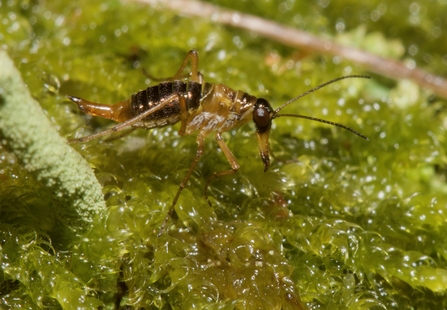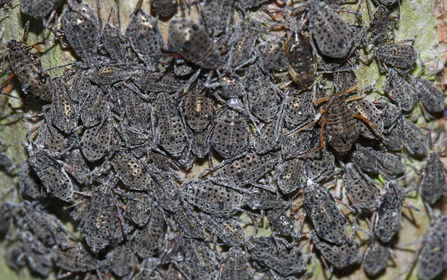Winter can be a bit like Marmite (other yeast extracts are available) can't it? There are those of us who love it and those of us who really aren't keen on the short days and the cold. Personally, I love bright winter days when I can wrap up warm and watch my breath disappear into the frosty air. Yes, it can sometimes be hard to motivate yourself to head outside when you're all snug indoors but it's well worth making the effort. As well pondering the wonders of our world as you gaze up through hoar-frosted trees, it's easier to spot birds moving through the leafless landscape.
Even better, then, when you come across unexpected wildlife in the form of insects that you'd have thought would be long tucked up in a nook or cranny somewhere.



